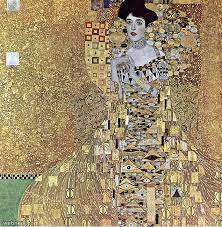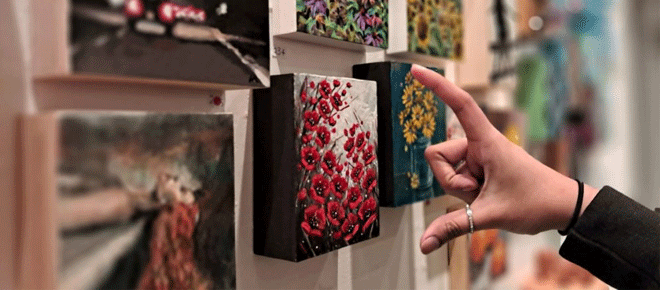Top 3 expensive painting in the world

Salvator Mundi,
Salvator Mundi is a painting that gained significant attention and prominence in the art world. The title "Salvator Mundi" translates to "Savior of the World" in Latin. The artwork depicts Christ holding a crystal orb in his left hand while raising his right hand in a gesture of blessing. The orb represents the world, symbolizing Christ's role as the Savior and ruler of all creation.

The painting is believed to have been created by the Italian Renaissance artist Leonardo da Vinci, although its authorship has been a subject of debate and controversy. It is believed to have been painted around the late 15th century or early 16th century. However, due to the lack of historical documentation, its attribution to Leonardo was not confirmed until the 21st century.
Salvator Mundi went through several owners and its history was not well-documented until the 20th century. In 1958, it was sold at an auction for £45 ($125 at the time) as a work of Bernardino Luini, a follower of Leonardo. After that, the painting disappeared from public view and was heavily damaged. It was later restored, and its attribution to Leonardo da Vinci was proposed by several art historians.
In 2011, the painting was purchased by a consortium of art dealers, including Robert Simon, for a reported $10,000. They believed it to be an authentic work by Leonardo and invested in its restoration and research. The painting was extensively studied and authenticated by a panel of experts, including scholars from the National Gallery in London.
In 2017, Salvator Mundi gained worldwide attention when it was sold at auction by Christie's for a record-breaking price of $450.3 million, making it the most expensive painting ever sold at that time. The buyer was later revealed to be Saudi Arabian crown prince Mohammed bin Salman.
Despite its high price and acclaim, the painting has been the subject of ongoing debate and scrutiny. Some experts have questioned its attribution to Leonardo da Vinci, citing issues with its condition, quality, and authorship. Additionally, the painting's current whereabouts remain unknown, as it has not been publicly exhibited since its sale.
Salvator Mundi continues to captivate the art world and remains a source of fascination and speculation among art historians, collectors, and enthusiasts. Its attribution and significance as a work by Leonardo da Vinci, as well as its extraordinary sale price, have contributed to its enduring legacy and mystique.
Interchange,
Interchange is a famous abstract painting created by the Dutch artist Willem de Kooning. It is considered one of his most iconic works and is highly regarded in the art world. De Kooning was a prominent figure in the abstract expressionist movement, and Interchange is a prime example of his innovative and expressive style.

Interchange was painted in 1955 using oil on canvas and measures 200.7 x 175.3 cm (79 x 69 inches). The painting features bold, gestural brushstrokes and vibrant colors, showcasing de Kooning's mastery of abstraction. The composition is dynamic and energetic, with swirling forms and overlapping shapes that create a sense of movement and tension.
One of the notable aspects of Interchange is its fusion of figuration and abstraction. While the painting is predominantly abstract, there are hints of recognizable forms, such as fragmented human figures and suggestive landscapes. This blurring of boundaries between representation and abstraction is a characteristic feature of de Kooning's work.
Interchange is renowned for its rich texture and layered surfaces. De Kooning employed a technique known as "allover painting," where he covered the entire canvas with brushstrokes, creating a dense and complex visual field. The colors used in the painting are vibrant and bold, with a range of blues, pinks, yellows, and whites. The dynamic brushwork and intense colors contribute to the overall visual impact of the artwork.
The significance of Interchange lies in its exploration of the expressive potential of painting. De Kooning aimed to capture the energy and intensity of human experience through his abstract compositions. The painting evokes a sense of movement, emotion, and spontaneity, inviting viewers to interpret and engage with the work on a personal and subjective level.
Interchange has had a significant influence on subsequent generations of artists and continues to be celebrated as a masterpiece of abstract expressionism. It has been exhibited in major museums around the world, including the Museum of Modern Art (MoMA) in New York City, where it is currently housed. The painting's boldness, complexity, and innovation have solidified its place in art history and secured its enduring legacy.
Number 17A,
Number 17A is an abstract expressionist painting by Jackson Pollock. It is owned by hedge fund manager Kenneth C. Griffin, who purchased it in September 2015 from David Geffen for $200 million, a then record-breaking price, at which time it was lent to the Art Institute of Chicago.

Artist: Jackson Pollock
Created: 1948
Location: Private collection
Dimensions: 112 cm × 86.5 cm (44 in × 34.1 in)








